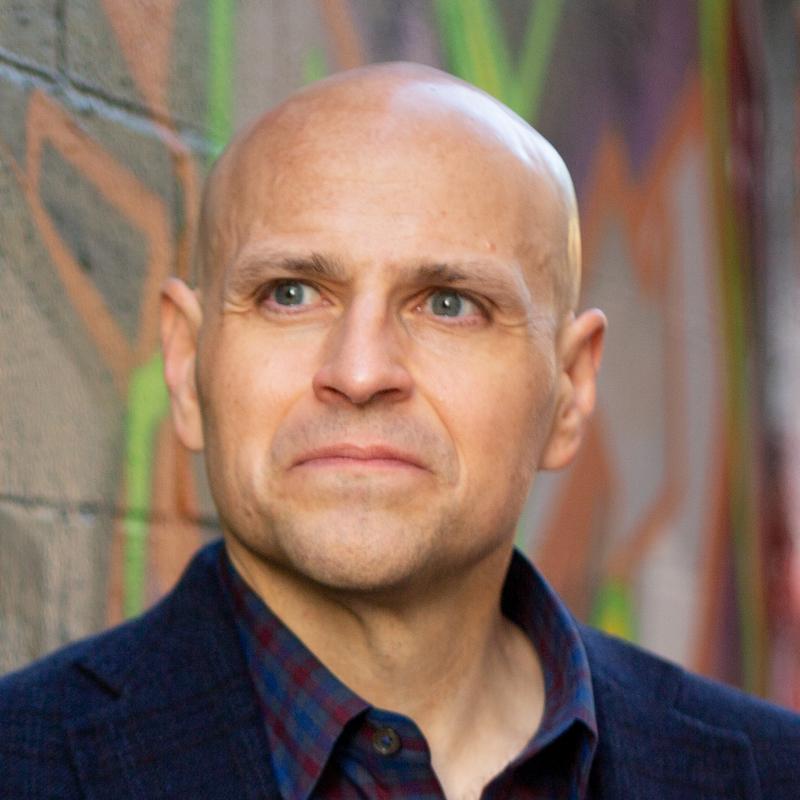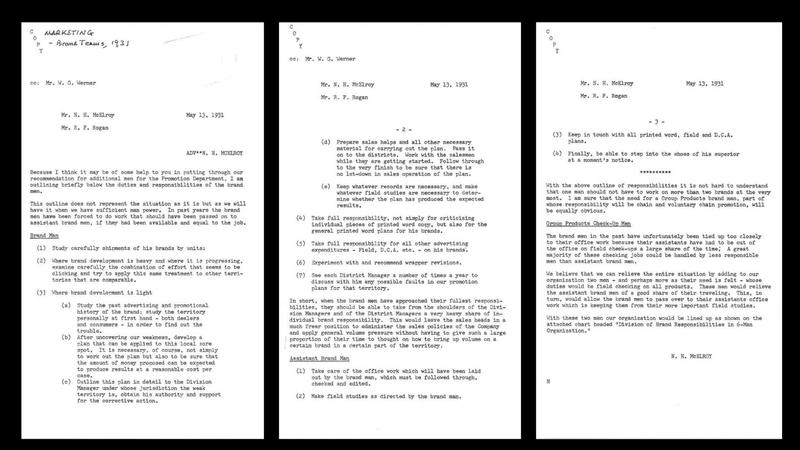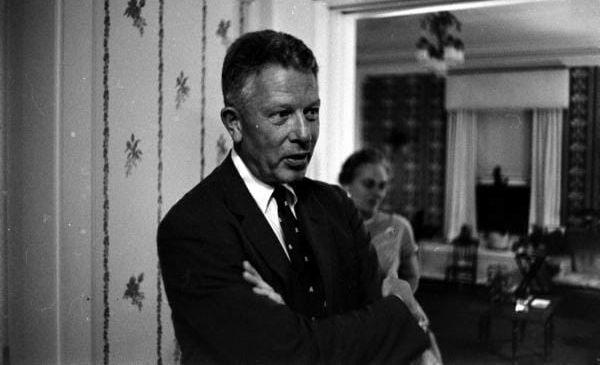
Neil McElroy
On May 13, 1931, an up-and-coming 26-year-old Procter & Gamble employee named Neil H. McElroy issued his famous “Brand Men”1 memo [pdf].
McElroy had an ulterior motive: he wanted approval to hire more people (don’t we all). So the three-page letter was effectively a request for more headcount. But his proposed job description was novel for 1931: the new hires should be accountable for an individual brand from top to bottom. This brand- or product-centric approach was a departure from the top-down, functional organizations that typified workplaces in the 1930s. Orienting so-called “brand managers” around a specific brand in many ways set the stage for product management as we know it today.
What McElroy wanted to do was to give a single person (and their team) ownership over a complete brand and put them next to the customer. One person would be wholly accountable for that package of Ivory Soap that sat on the supermarket shelf. That manager would come to understand Ivory’s customers deeply, execute on improving the product, track and monitor sales closely, and deliver results.
In other words, McElroy wanted to drive decision-making as low in the organization and as close to the customer as possible. I mean, look at these responsibilities (repeated verbatim from the memo):
- (a) Study the past advertising and promotional history of the brand; study the territory personally at first hand - both dealers and consumers - in order to find out the trouble.
- (b) After uncovering the weakness, develop a plan that can be applied to this local sore spot. It is necessary, of course, not simply to work out the plan but also to be sure that the amount of money proposed can be expected to product results at a reasonable cost per case.
- (c) Outline this plan in detail to the Division Manager under whose jurisdiction the weak territory is, obtain his [sic] authority and support for the corrective action.
- (d) Prepare sales helps and all other necessary material for carrying out the plan. Pass it on to the districts. Work with the salesmen [sic] while they are getting started. Follow through to the very finish to be sure that there is no let-down in sales operation of the plan.
- (e) Keep whatever records are necessary, and make whatever field studies are necessary to determine whether the plan has produced the expected results.
Reframed in modern terms:
- (a) talk to customers and uncover their problems
- (b) develop a product that solves the problem
- (c, d) create a channel strategy and sales collateral to sell the product
- (e) track the right metrics, iterate, and drive profitability
Sounds a lot like modern product management!
The memo is also a terrific lesson in clear, written communication. In only three pages he described the problem, proposed a clear solution, and got the outcome he wanted (he was given permission to hire two people).
McElroy went on to have a long career at Procter & Gamble and ultimately rose to become president of the company in 1948. He also set a precedent for P&G leaders rising from the brand management ranks, something that would become the norm. After P&G, he became Eisenhower’s secretary of defense, sworn in under the Cold War backdrop of Sputnik and the dawning Space Race.
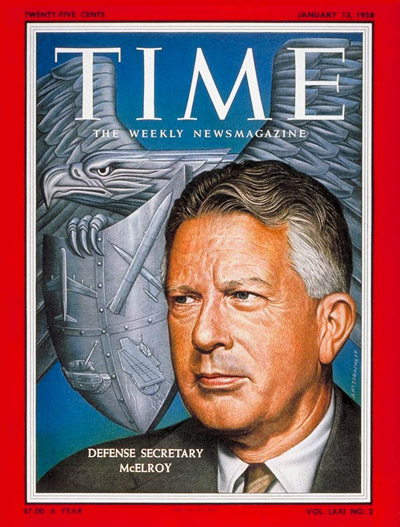
Time Magazine, January 13, 1958
Later in life, he was an advisor at Stanford, where he became a mentor to two young entrepreneurs named Bill Hewlett and David Packard. McElroy’s approach would inspire “the HP Way,” and in turn spawn thousands of Silicon Valley descendants. Eventually, brand management would come to hardware and software companies and transform into product marketing and ultimately product management as we know it today.
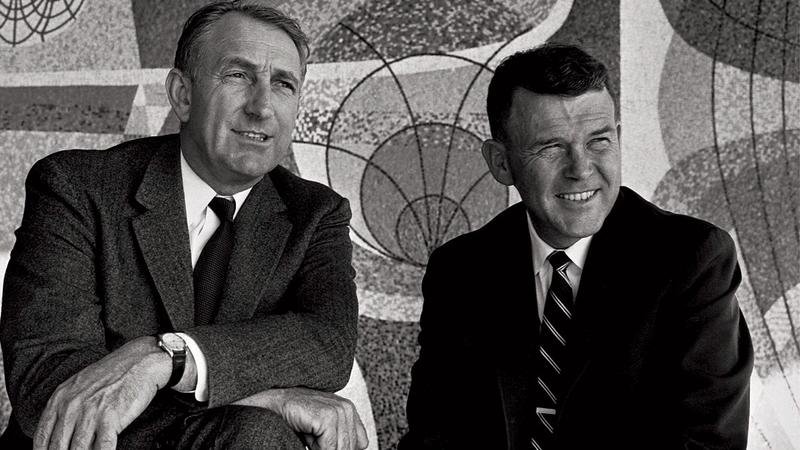
David Packard (left) and Bill Hewlett (right)
Unlike some, I’m not convinced McElroy’s memo is the exact point when product management was birthed, any more than Homo erectus was the spawning point of humanity. It was more evolutionary than that. McElroy for sure had a massive influence on brand management, product marketing, and product management. His work more directly influenced the world of consumer packaged goods than tech. But most importantly to me, his memo encouraged organizations to form themselves around products rather than functions and to drive decision-making closer to customers.
Orienting your company the way your customers see the world rather than how your manufacturing or development processes do is critical to building winning products. McElroy may not have been the first person to recognize that, but he was the first to put it into a snappy three-page memo and to get results. Ultimately in product management, it’s outcomes that matter. And McElroy delivered outcomes.
Recommended Reading
- The original McElroy memo [pdf]: McElroy references an “attached chart” which sadly has been lost to time as far as I can tell.
- The History and Evolution of Product Management, by Martin Eriksson: covers the McElroy memo and fits it into later events that shaped product management
- The “51331 Memo” and the Origins of Product Management
- The McElroy Memo and the Birth of Brand Management
-
It was 1931, they were all white men. ↩
